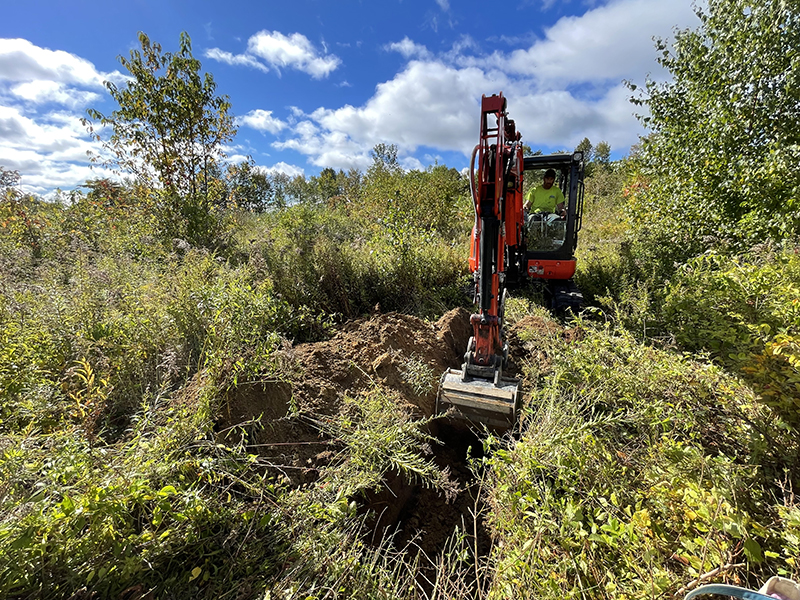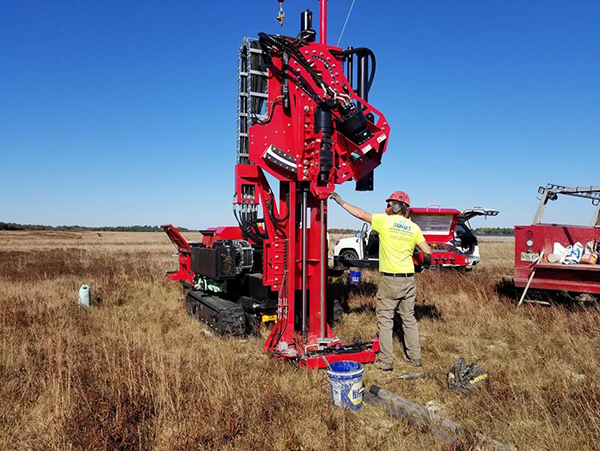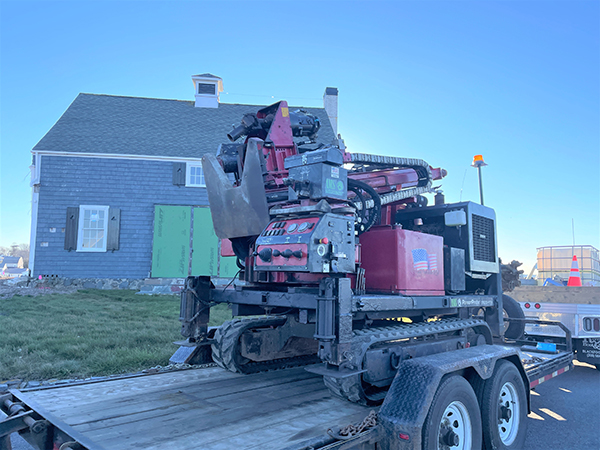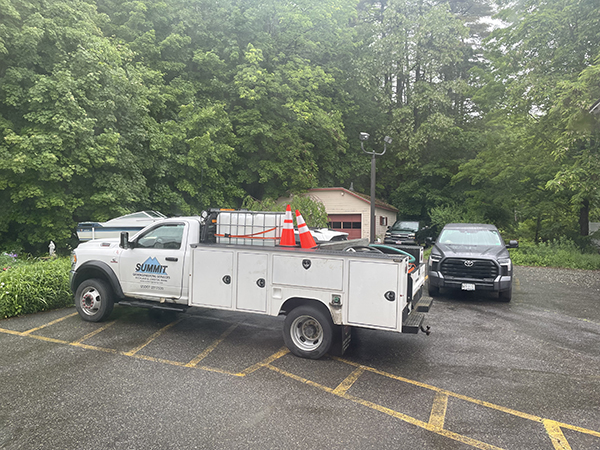Subsurface Explorations
Summit Geoengineering Services (SGS) invests in a wide range of exploration equipment and specialized technologies – including Seismic Cone Penetration Testing (SCPTu) capabilities:
- To employ the right field exploration approach for each unique project,
- To maintain flexibility to respond to unexpected field conditions, and
- To obtain the greatest amount of reliable data in the shortest amount of time within a project’s budget.
Geotechnical Explorations
- Seismic Cone Penetration Testing (SCPTu)
- Conventional Auger Boring with SPT Sampling
- Direct Push Percussion Casing with Push Tube, Shelby Tube, and SPT Sampling
- Rotary Wash Boring with SPT & Rock Core Sampling
- Groundwater Monitoring Wells
- Test Pits
Environmental Explorations
- Cone Penetration Testing (CPTu)
- Hollow Stem Auger Boring for Soil Exploration
- Direct Push for Soil Sampling (Soil Liners)
- Groundwater Monitoring Wells
- Direct Push Groundwater Monitoring Wells
Cone Penetration Testing
- CPT is a high-quality geotechnical exploration method that provides continuous data acquisition of subsurface profiles.
- Interpreted results obtain soil type, water table, and soil parameters for engineering design.
- Seismic testing can be performed at discrete intervals to obtain shear wave data.
Test Borings and Test Pits
With SGS’s compact, yet powerful and flexible field equipment and specialized technologies, we provide the following types of routine subsurface geotechnical and environmental explorations.
Conventional Test Borings
Test borings allow for various sampling techniques and visual classification of soils to create a subsurface profile.
Test Pits
Test pits are a practical alternative to test boring explorations for open or undeveloped areas where general soils information is desired for a profile of ten feet or less.

ASTM Standard Field Methods Performed
- ASTM D1586: Test Method for Penetration Test SPT (Auto-Hammer)
- ASTM D1587: Thin-Walled Tube Sampling (Shelby Tube)
- ASTM D2488: Visual Classification of Soils
- ASTM D5092: Groundwater Monitoring Wells
- ASTM D5778: Cone Penetration Testing CPTu
- ASTM D6151: Hollow Stem Auger Boring for Soil Exploration
- ASTM D6282: Direct Push for Soil Sampling
- ASTM D6724: Direct Push Groundwater Monitoring Wells
- ASTM D6725: Direct Push for Pre-packed Well Installation
SGS Exploration Equipment and Vehicles
- Two AMS 9500 VTR PowerProbeTM rigs — each equipped with controlled push for seismic cone penetration testing (CPTu) — are remote-controlled rubber track ATV direct push/auger exploration machines capable of remote site access with low ground pressure.
- One AMS 9630 Pro-D PowerProbeTM – also equipped for CPTu — is a larger machine that is mounted on a trailer for drive up access sites and roadways.
- One AMS 9580 VTR powerhouse rig that employs all of our drilling methodologies with enhanced capability for deeper borings or wells and bedrock coring.
- One Kubota KX040 excavator that performs test pits.




CPTu Technology
CPTu exploration technology is offered by SGS to include the following features:
- The Vertek VTK cone system includes a real-time data logging system with 5-ton and 10-ton CPTu cones
- SCPTu (Seismic CPTu) cones are equipped with tri-axial seismic modules to provide both S and P shear wave velocity testing
- CPTu is performed with a single or dual point anchor system pushed at a controlled speed of 2 cm/s with adjustable hydraulics and monitoring instrumentation capable of applying up to 17 tons of push force
- Use of CPTu provides continuous subsurface profiling
- CPTu Advantages
- Continuous data and three-dimensional characterization capabilities.
- Rapid testing and more operator independent than Standard Penetration Testing (SPT).
- Capable of delineating discrete low-strength layers, easily missed by SPT.
- Useful for identifying stratigraphic horizons, discontinuous lenses, soft materials, organic materials, liquefaction potential, and landslide shear zones.
- Typically, there is a higher exploration production rate than SPT drilling methods for deep sand and clay deposits.
- Smaller explorations resulting in less disturbance and no cuttings or spoils.
